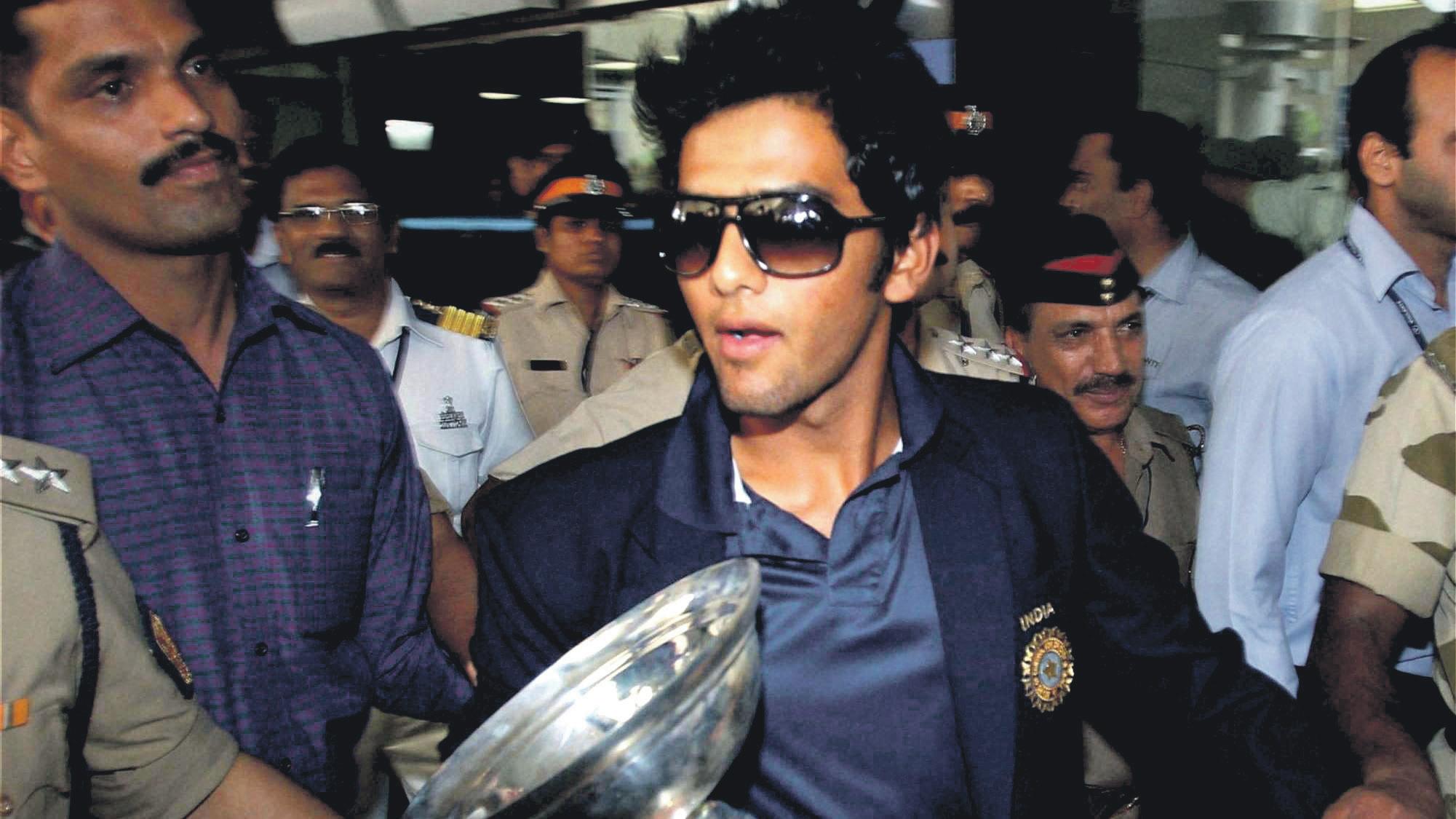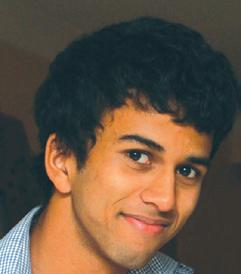
2 minute read
A rising
from 2012-09 Sydney (1)
by Indian Link
featured in the earliest edition; the 2008 tournament included James Pattinson, Darren Bravo and India’s Virat Kohli, who led the side to the trophy, and currently sits as the second-best ODI batsman in the game. The hype that has surrounded the tournament in recent years, then, is not without reason – it really has become a breeding ground for future champions.

Mental preparation is key
While the senior Indian team was at the same time busy thrashing a hapless New Zealand outfit by an innings and 115 runs at home in Hyderabad, the U-19 side proved just how much more mental preparation goes into young Indian players today. The side lost their very first match against a talented West Indian outfit, but comprehensively thrashed minnows Zimbabwe and Papua New Guinea. They then scraped through a ridiculously tense quarter-final against Pakistan, winning by just one wicket – and then backed the performance up with another narrow win in the
A determined win
semi-final by just 9 runs against New Zealand.
After such an emotional rollercoaster, the side, which featured players as young as 17, might have been forgiven for an average display in the final. Instead, India got off to a great start, picking up four early wickets against an Australian batting line up that had not yet failed to deliver. Led by a steady unbeaten 87* by captain William Bosisto (who was dismissed only once in 6 innings – and that too, run-out), the Aussies recovered and posted an impressive 225/8 off their 50 overs.
Ian Chappell, the former Australian captain, had remarked about this tournament that it was notable how much more advanced the fast bowlers were in their development than the batsmen – and this explains the low-scoring affairs throughout the competition. The top team score in the semi-finals was 209; in the quarter-finals, 244. For India, chasing 225 in a final, with cloud cover and a strong home bowling attack, was not an easy task.
While Australia were 4/38 early in their innings, India had moved steadily to 1/75, largely due to the sparkling strokeplay of Baba Aparajith – who is definitely one to watch out for in the shorter format of the game. Australia’s Gurinder Sandhu, however, who spoke to Indian Link ahead of the tournament, broke the ChandAparajith partnership, and a flurry of wickets followed.
At 4/97, with vice-captain
Akshdeep Nath woefully out of form, India moved their enterprising and confident wicketkeeper, Smit Patel, up the order. By now, Australia were rampant – runs were extremely difficult to come by, and the pressure on Chand was immense.
Joel Paris, the Australian leftarmer, was regularly clocking up speeds above 140km/h. The parttimers were stifling and the fields intuitive. The Aussies had their tails up, and they let the Indians know it, too. It was no place for the faint-hearted.
Some unbelievably beautiful batting then turned the match on its head.
Chand began hitting pure cricket strokes – drives over extra cover, lofted straight drives down the ground – to not only reach the boundary, but to clear it comfortably. Chand, who was especially brutal on Sandhu, hit 7 fours and 6 sixes in all, including a perfectly-timed drive over the cover region which both brought up his century and all but sealed the trophy. It was Chand’s 5th century at the U-19 level, but more tellingly, his third in tournament finals – Bosisto, the Australian captain, later remarked that that it was “not the first time he has terrorised us”.
Patel’s contribution, too, was crucial; his 62* in a partnership of 130 – the highest in any U-19 World Cup final – was enterprising, and similarly risky. But it paid off.
Pick the talent
There were also notable performances by seamer Sandeep Sharma – who finished with 12 wickets at 15.75, including 4-54 in the final, as well as tweaker Harmeet Singh, who Ian Chappell has stated categorically as the best









